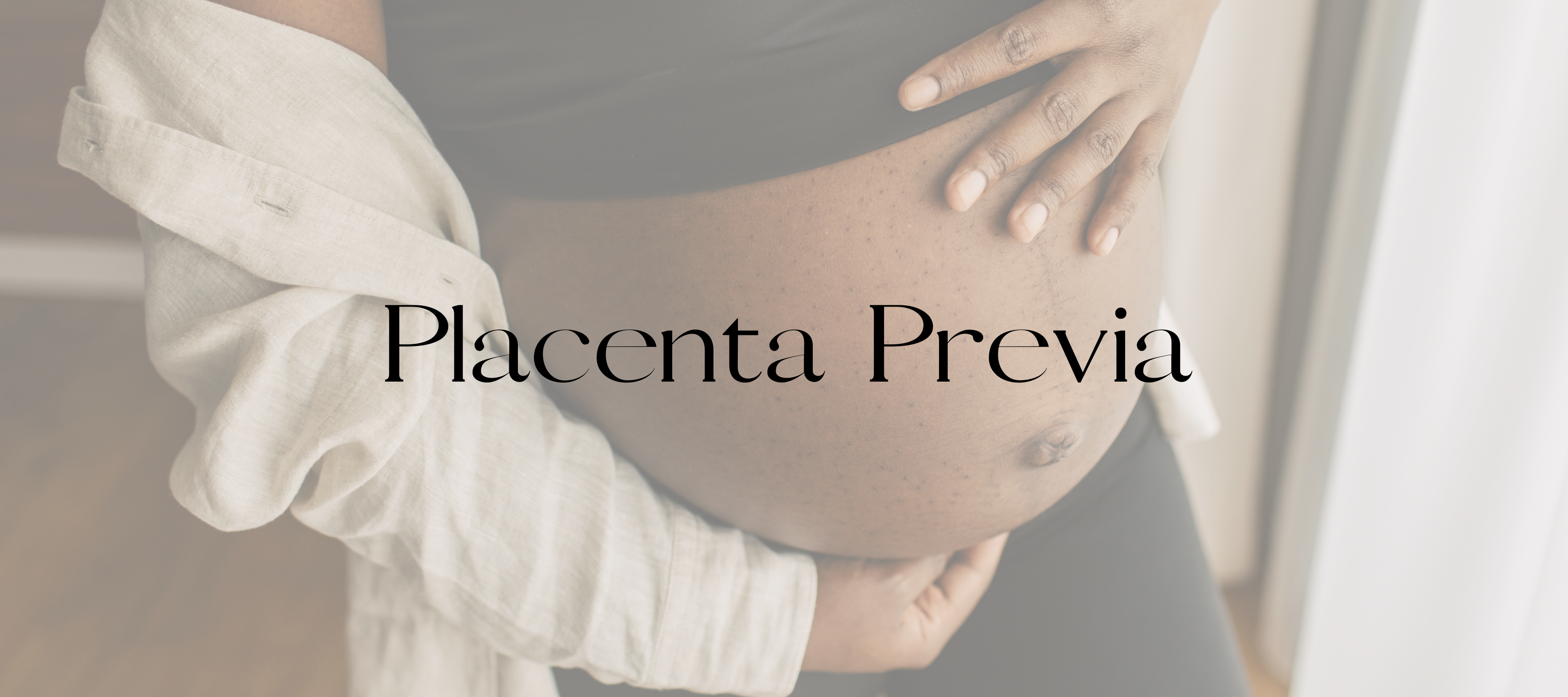How does placenta previa happen?
Placenta previa occurs when the placenta partially or fully covers the cervix, a crucial organ that develops during pregnancy to provide oxygen and nutrients to the baby and eliminate waste. Normally, the placenta attaches to the top or side of the uterus, connecting to the baby through the umbilical cord. Placenta previa increases the risk of heavy bleeding before, during and after birth is high, making vaginal delivery unsafe. Fortunately, the placenta may shift position during pregnancy, potentially correcting the issue without the need for a cesarean birth.
How is placenta previa diagnosed?
Placenta previa is often diagnosed early on in pregnancy through ultrasound or when mothers experience painless vaginal bleeding in the second or third trimester. Risk factors for placenta previa include advanced maternal age, twin pregnancy, smoking, drug use, previous assisted reproductive assistance, cesarean section history, and prior placenta previa.
Can you prevent placenta previa?
Preventing placenta previa is not possible, but attending routine pregnancy appointments is crucial for early detection and management.
Are there different levels of severity for placenta previa?
Placenta previa is classified into different grades based on severity levels. Grade 1, which is considered minor, involves the placenta extending to the lower portion of the uterus but not reaching the cervix. Grade 2, known as marginal, occurs when the lower edge of the placenta reaches the cervix but does not cover it. Grade 3, classified as major, involves the placenta partially covering the cervix, and Grade 4, also major, occurs when the placenta completely covers the cervix. Studies suggest that when the distance between the placenta and cervix is greater than 2 cm, vaginal birth may be possible.
Placenta previa affects a small percentage of pregnancies and is a leading cause of cesarean births. In many cases of low-lying placenta, it may resolve on its own before childbirth. Regular ultrasounds are essential to monitor the placenta's position, and if it does not move higher as the uterus expands, a cesarean section is typically scheduled around 36-37 weeks. Close monitoring of blood levels, particularly iron for anaemia, is necessary as there may be a higher likelihood of needing a blood transfusion during or after birth.
References
Anderson-Bagga, F. M., & Sze, A. (2023, June 12). Placenta previa. Nih.gov; StatPearls Publishing. https://www.ncbi.nlm.nih.gov/books/NBK539818/
Mayo Clinic. (2022). Placenta previa - Symptoms and causes. Mayo Clinic. https://www.mayoclinic.org/diseases-conditions/placenta-previa/symptoms-causes/syc-20352768
Oyelese, Y., & Smulian, J. C. (2006). Placenta Previa, Placenta Accreta, and Vasa Previa. Obstetrics & Gynecology, 107(4), 927–941. https://doi.org/10.1097/01.aog.0000207559.15715.98
Placenta praevia. (n.d.). Www.pregnancybirthbaby.org.au. Retrieved April 26, 2024, from https://www.pregnancybirthbaby.org.au/amp/article/placenta-praevia



